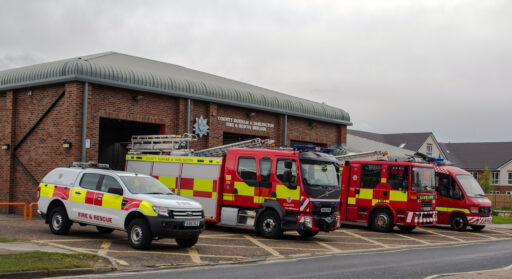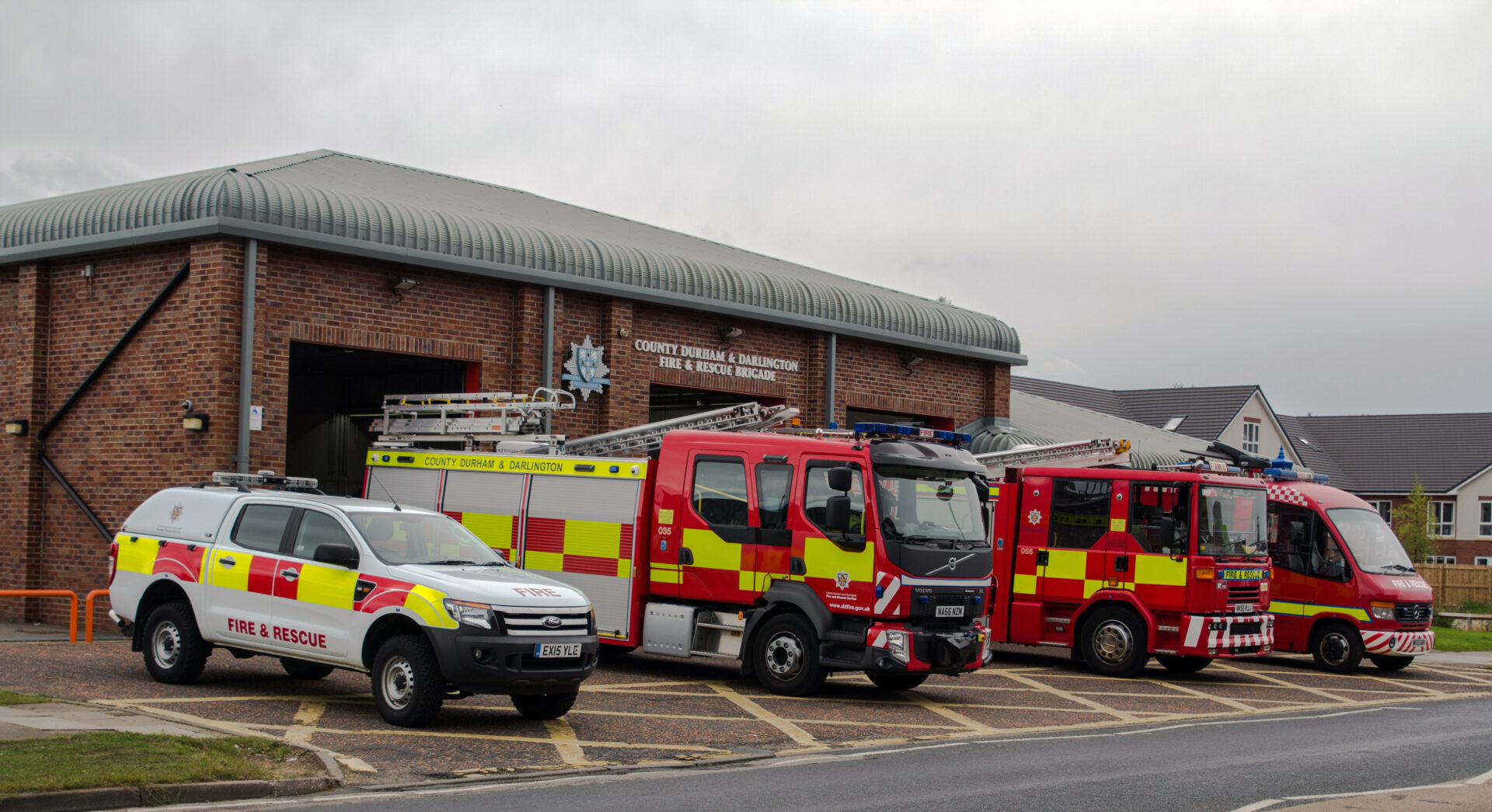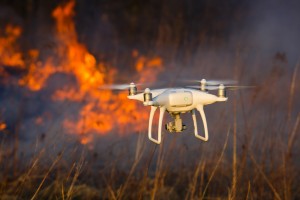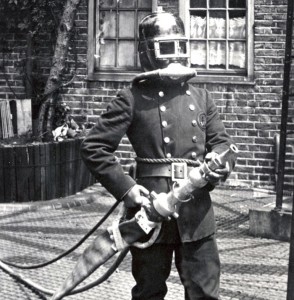For better or worse, the tragedy of the fire at Grenfell Tower has put a spotlight on the response of emergency services. As you’d expect, no other service attracted more scrutiny than the fire and rescue service. All of Theresa May, Jeremy Corbyn and the Mayor of London Sadiq Khan were quick to praise their heroic efforts, but what exactly allowed fire-fighters to save the lives of so many? The technological developments of the last few years certainly played their part; the arsenal of today’s firefighter goes way beyond a mere end suction pump...
Drones
Asking what a drone actually is can provoke a variety of answers. Browsing Wikipedia for a definition of a drone will offer anything from an underwater vehicle to spacecraft. What unites these disparate structures under the branch of drone is the fact that they are all unmanned. And it is exactly this property that gives them such intriguing potential for use in fire and rescue missions.
A drone, or more specifically an unmanned aerial vehicle, can be used to transmit real time video of the progression of a fire using infra-red imaging – and do it better and far quicker than anything else. Not just limited to reconnaissance, there is a growing hope that, in the future, drones will become a fire-fighting tool in their own right. Incorporating the ability to extinguish fire by sound would alleviate the crippling weight of water that has until now, scuppered the possibility of fire-fighting drones. Watch this space.
Communications
When tackling a raging fire, communication is imperative in ensuring resources are allocated as effectively as possible. Paradoxically, the people that are the most important in identifying and relaying the development of a fire and the location of survivors are also the most at-risk and the least well-equipped to do this. Engulfed by smoke and flames, overburdened with heavy equipment, with their field of vision obscured, it is understandably difficult for fire-fighters to converse with the incident commanders that have the say-so to commit or withdraw resources.
Thankfully though, the evolution of technology has made this communication far more fluid and reliable. Breathing apparatus now has integrated radio communications which use a frequency that has been bolstered to minimise the possibility of any loss of signal.
Breathing apparatus
We have come a long way from the Lord Buckethead-esque smoke helmets of the late 1800s, and it goes without saying that the breathing apparatus that allows fire-fighters to travel through smoke and fire filled areas unscathed today has dramatically improved. The fire services use either closed circuit breathing apparatus (CCBA) or self-contained breathing apparatus (SCBA) depending on the gravity of the situation. Regardless, both are flexible and lightweight pieces of equipment that provide the wearer with oxygen in a toxic environment.
With an abundance of technology at their disposal, you can see why fire and rescue services have become better and better at extinguishing fires over time, and let’s hope this level of progress continues well into the future.








